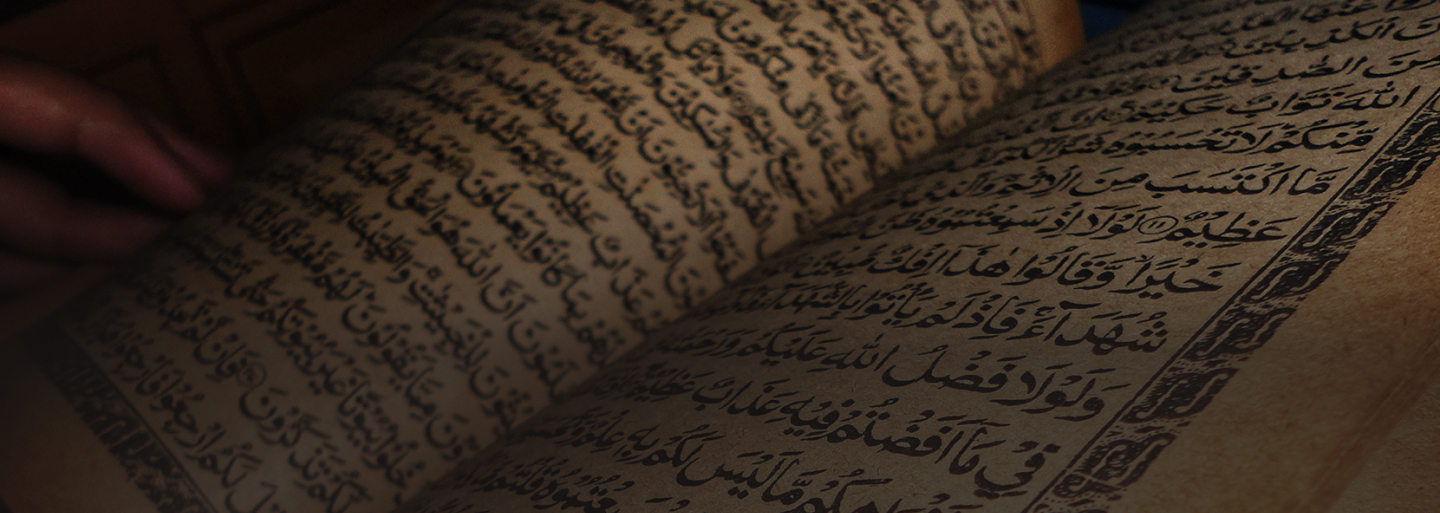The Prophet’s Visions in Sūrat al-Najm
The opening verse of Q al-Najm 53, an oath by “the star” (najm) and its movement in the night sky, is followed by a relatively lengthy description of two vision experiences of the Prophet. This study aims to better understand the opening oath in the sūrah and its relationship to the subsequent visions. I will argue on the basis of evidence from Safaitic inscriptions, the anwāʾ works, and pre-Islamic poetry that the oath by the star refers to the rising and setting of the Pleiades in the night sky, and that these allusions would have been readily understood by the Qurʾān’s audience. The appearance and motion of the Pleiades serve to provide a visual analogy to the supernatural visions of the Prophet. Appreciating the relationship between the oath and the subsequent visions then allows us to better understand the visions themselves, and address questions such as whether the object of the vision was God or an angel.
On the Regionality of Qurʾānic Codices
The ʿUthmānic codification of the Qurʾān as described by Muslim sources includes the distribution of at least four regional exemplars to Syria, Medina, Basra, and Kufa. Orthographic variants between these codices were identified and collected by Muslim scholars in the rasm literature. This paper explores the subject of qurʾānic regionality through material evidence. Combining philological, literary, and phylogenetic analysis, a stemma of early qurʾānic manuscripts is constructed and compared against idealized representations. This process of reconstruction identifies four ancestral codices from which all examined manuscripts descend. It illuminates the presence of a new regional subgroup I have termed neo-Basran, suggesting a local orthographic reform. Additional evidence is presented for the historicity of the ʿUthmānic canonization and the distribution of four regional exemplars. Ḥimṣ, as opposed to Damascus, is also identified as the city to which the Syrian exemplar was dispatched. Finally, a comparison of literary reports against the earliest manuscripts reveals that knowledge of the regional variants does not date back to the time of canonization but was accumulated over time through careful scrutiny of regional muṣḥafs.
Sūrat al-Insān, Meccan or Medinan? A Thematic and Rhetorical Reading of Sūrat al-Insān (Q 76) in Parallel with Sūrat al-Qiyāmah (Q 75)
أو توليدها. هذه الدراسة وأمثالها قد تساهم في فهم ترتيب السور في المصحف عبر مالحظة اإلشارات النصية وتحليلها، والروابط اللغوية والموضوعات المتكررة لتقديم تفسير لهذا الترتيب، وللرسالة التي ُيعطيها في تلك الحقبة من النزول. وتنضم هذه الدراسة إلى مصاف الدراسات الموضوعية التي اهتمت بنظم القرآن وترتيبه، وتكمن ميزتها في جمعها بين منهجيتين: غربية وإسالمية، مما قد يساعد على بناء جسور التواصل والتحاور بين األكاديميين في العالمين الغربي واإلسالمي
